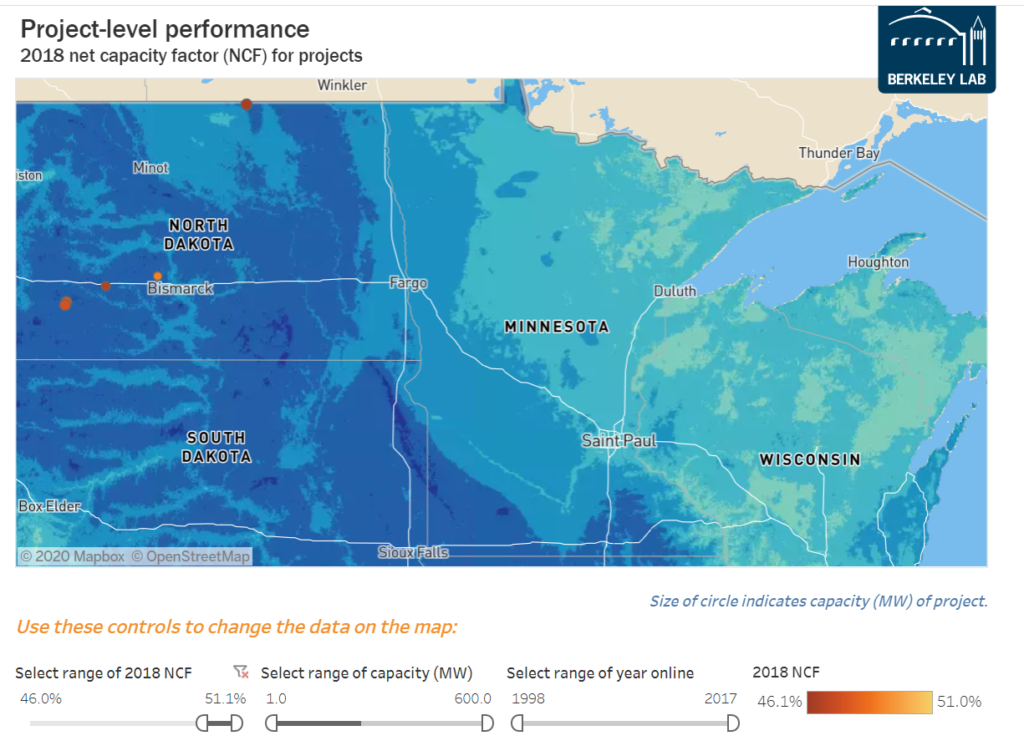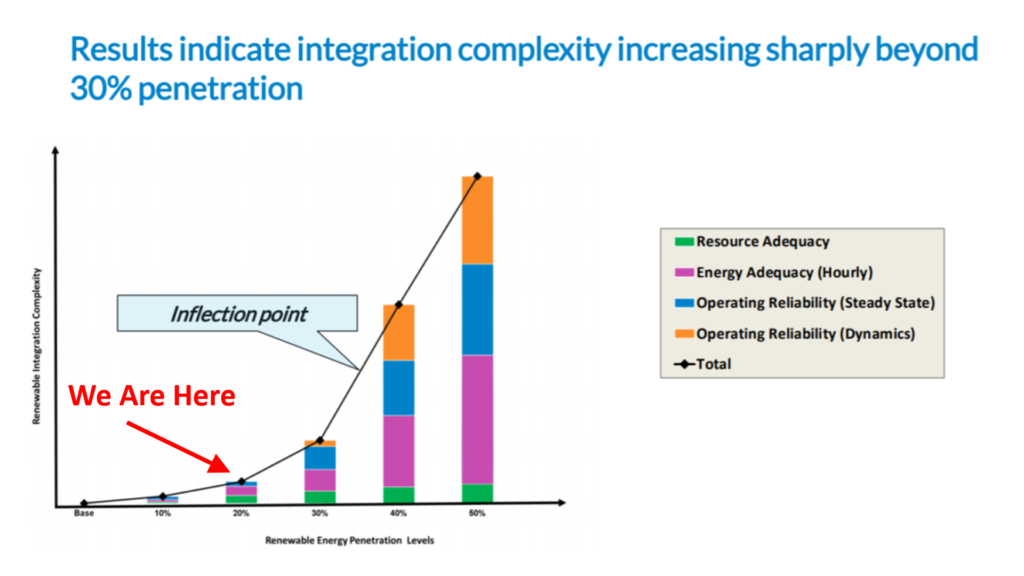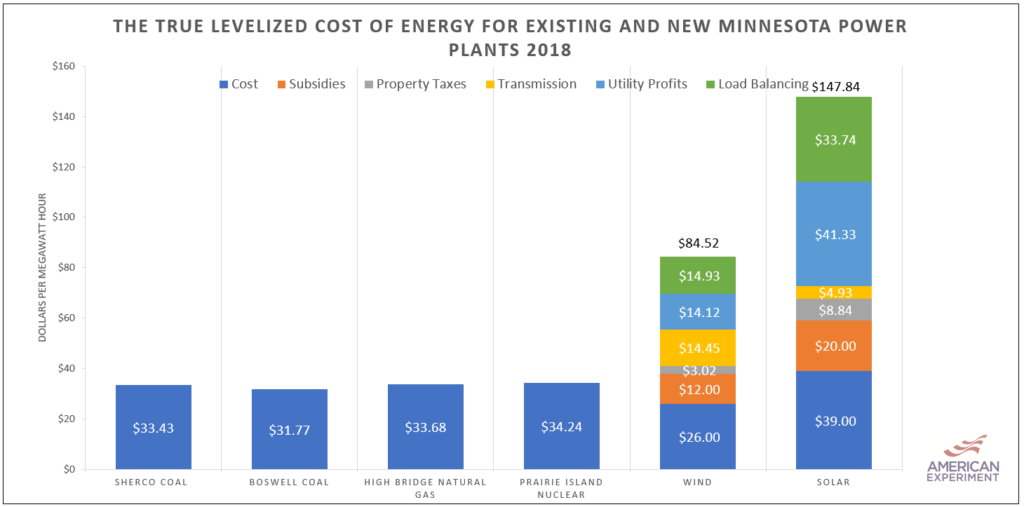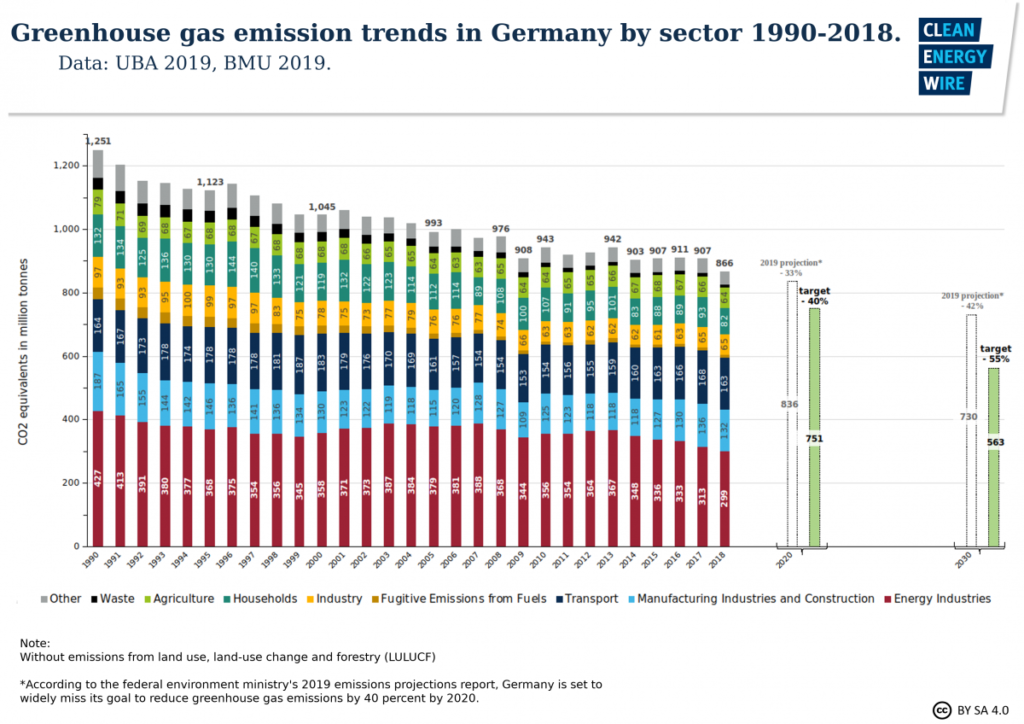Why the renewable industrial complex’s attacks on Michael Moore’s ‘Planet of the Humans’ are wrong
Last week, filmmaker Michael Moore released his latest film entitled Planet of the Humans. The film brings several inconvenient truths about renewable energy to light, namely that wind turbines and solar panels don’t last very long, their intermittent nature means we still need fossil fuels, and that they require lots of land, mining, and habitat destruction to build and operate.
As a result, the film has provoked a massive backlash from the Renewable Industrial Complex, but their attacks on the film are wrong. The article below debunks the claims made by wind and solar special interest groups about the film.
U Mad, Bro?
The backlash appears to be spearheaded by Josh Fox, who created the widely-discredited film called Gasland, a 2010 feature that lied to the general public about the environmental impacts of hydraulic fracturing, more commonly known as “fracking.” Fox wrote the letter below to Michael Moore, who served as Executive Producer, and Jeff Gibbs, who directed the film:
Dear Michael Moore, Jeff Gibbs, Films for Action and all associated with PLANET OF THE HUMANS,
Summary:
The new movie Executive Produced and promoted by Michael Moore, Directed by Jeff Gibbs and distributed by Films for Action, PLANET OF THE HUMANS is unscientific, flies in the face of decades of renewable energy science, engineering and research and is counter productive in the age of urgent need for Climate Action. Because the film is based in misinformation and not in truth, we request that the film be retracted by its creators and distributors and an apology rendered for its misleading content.
Intro:
Planet of the Humans, directed by Jeff Gibbs and Produced by Michael Moore is a shockingly misleading and absurd film that promotes a thesis that is patently untrue on many levels.
- The film states that renewable energy such as solar and wind are inefficient, useless, and dependent on fossil fuels to work. Quote fro[m] the film “One of the most dangerous things right now is the illusion that alternative technologies, like wind and solar, are somehow different than fossil fuels…You would have been better off just burning the fossil fuels in the first place instead of playing pretend.”
This assertion, which is echoed over and over in the film is patently untrue and ridiculous. The notion that wind and solar and other renewable technologies don’t work to produce energy in ways that are cheaper, more efficient and low or zero carbon emissions over their lifespan flies in the face of everything engineers, scientists and energy planners have been writing in peer reviewed science for decades.
- The film trades on debunked fossil fuel industry talking points that are specious and meant to disparage the efficiency, durability and affordability of renewable energy. Quote: “Intermittency is one of the major challenges.” “Solar panels are built to only last 10 years, so it’s not as if you get this magical free energy, right? I don’t know if it’s the solution.” These notions, which are untrue, antiquated and outdated do not pertain to the technology and science of today, in which intermittency and efficiency are no longer issues due to the significant advances that renewable energy science, planning and technology. The fact is RENEWABLE ENERGY WORKS and is currently cheaper than coal, natural gas, other fossil fuel generated electricity sources.
- The film totally ignores the last ten years of peer-reviewed renewable energy planning and policy. Absent from this anti-renewable energy screed are important policy and science innovations such as the 100 percent renewable energy plans for each state, over 150 countries and the world from Stanford University, Physicians Scientists and Engineers for Healthy Energy and Solutions Project. Also absent is any mention of the Green New Deal, which is the most important policy advance on green energy of all time. Bear in mind that this work on renewable energy, such as the 100% percent plans for New York and California are all ready well under way and are being enacted now with solar and wind energy growing exponentially- all based up and predicted by science.
Peer Reviewed NY 100% plan: https://web.stanford.edu/group/efmh/jacobson/Articles/I/NewYorkWWSEnPolicy.pdf
Stanford University Plans: https://thesolutionsproject.org/why-clean-energy/
PSE Research: https://www.psehealthyenergy.org/
- The film attacks important environmental campaigners, scientists, policy leaders and activists in unfair and misleading ways. The climate movement, the anti fracking movement, the movement for renewable energy and against fossil fuels has been an important part of the advancement of thinking and policy towards changing our energy system away from coal, oil, and gas.The film attacks movement leaders like Bill McKibben, Van Jones and others as well as taking pot shots at important local campaigners like Nathan Sooy of Clean Water Action, accusing them of supporting forms of energy that they do not (like biomass) and taking money from fossil fuel interests (which they do not). See the extensive and detailed rebuttal by Bill McKibben here: https://350.org/response-planet-of-the-humans-documentary/
- The film ignores that the IPCC and other scientific bodies are saying that we must cut our carbon emissions in half in the next ten years and that the only way to feasibly do that is what a total transformation of our energy systems. These scientists point overwhelmingly towards transformations in our economies toward renewable energy.
The film is dangerous, misleading and destructive to decades of progress on environmental policy, science and engineering.
We are demanding an apology and an immediate retraction by the films producers, director and advocates.
Paragraph One: Wind and Solar Are Inefficient, Useless, and Dependent On Fossil Fuels to Work
Wind and solar are inefficient and they do depend on fossil fuels to work. The bar graph below shows that wind and solar only produced electricity in Minnesota about 33 and 18.6 percent of the time, respectively. This means that 66 percent of the time for wind, and 81.4 percent of the time for solar, Minnesotans relied on other sources of electricity like coal, nuclear, or natural gas to make sure that we had enough electricity to power our homes, schools, and hospitals.

New wind turbines in Minnesota are more useful than older turbines, but they are still incredibly inefficient. According to Lawrence Berkeley Labs, Minnesota’s most efficient wind facility generated only 45 percent of its potential output, meaning not a single wind facility generated more than 46 percent of it’s potential.

On top of the low overall productivity of wind and solar, there is the added problem that no one really knows if the wind will blow or the sun will shine when you need it to. This was brilliantly portrayed in the film at a solar energy festival in Vermont. While solar panels were present at the festival, it began to rain during the event, causing output from the panels to plummet. As a result of the unreliability of solar, the stage hand running the concert needed to use a diesel generator, and the electric grid, to make sure the power didn’t go out at the solar festival.
https://youtu.be/Zk11vI-7czE?t=417
The fact that wind and solar are dependent on the weather leaves society two options: 1) Go without power when the sun isn’t shining or the wind isn’t blowing, or 2) Have coal, natural gas, and nuclear power plants available to generate electricity when the weather isn’t cooperating, which is the vast majority of the time. Needing to have all of these extra power plants online is incredibly expensive, which is why Minnesota’s electricity prices are so high.
Paragraph Two: Intermittency, Short Lifespans for Wind and Solar, and Why Wind and Solar Don’t Make Electricity Cheaper
Intermittency
Fox asserts that intermittency is a problem solved due to advances in renewable technology. In the real world, we have not even begun to experience the very real challenges that the variable nature of wind and solar impose on the grid.
According to the regional grid operator for Minnesota, the Midcontinent Independent Systems Operator, the challenges associated with relying on unreliable wind and solar become exponentially more difficult as more wind and solar are added to the grid, as you can see in the graph below.
This is a problem, because in Minnesota, wind and solar only accounted for about 20 percent of the state’s electricity generation in 2019, meaning we are only beginning to experience problems related to intermittency.

MISO’s findings were also reinforced by the findings in a recent study of the transmission system in Minnesota. This study found:
“Reliably meeting real-time operational demands will become more challenging than they have been in the past as dispatchable resources are retired and their corresponding ancillary services are lost.”
This means that it will become more difficult to provide reliable electricity, 24 hours per day, seven days per week, 365 days per year as we move away from our dispatchable coal fired power plants and try to rely more upon wind and solar power. Rather than solving the problem of intermittency of wind and solar, the report claims we haven’t even started to experience the full brunt of this very serious problem.
For these reason’s Fox is dead wrong to assert that intermittency doesn’t matter.
Short Lifespans
Wind turbines and solar panels don’t last very long. According to the National Renewable Energy Laboratory, wind turbines last just 20 years, and solar panels last for 30 years. This means that every wind turbine and solar panel built today will be scrap metal by 2050, the year that Minnesota Governor Tim Walz wants to make Minnesota’s electric grid 100 percent “carbon free.”
When wind turbines reach the end of their brief lifetimes, the metal will be recycled, and the fiberglass blades will be put into giant landfills like the one seen below.

This is much shorter than other power plants. For example, nuclear plants can run for 80 years before reaching the end of their useful lifetime, and coal and natural gas plants could run for more than 60 years with reasonable repairs and upkeep. This means that wind and solar are more like single-use plastic than coal, natural gas, and nuclear plants!
Renewables Aren’t Cheaper
Renewable advocates pretend that wind and solar are cheaper than other sources of energy. These claims are based on citing the subsidized cost of these energy sources and conveniently ignoring the massive costs associated with integrating renewable energy sources on to the grid. When all the hidden costs of wind and solar are accounted for, the cost of wind and solar dwarf the costs of coal, nuclear, and natural gas.
We at Center of the American Experiment have calculated the true cost of wind and solar in Xcel Energy’s Integrated Resource Plan, and we conservatively estimate that wind costs $84.52 per megawatt hour (we assumed the $24/megawatt hour subsidy is spread over 20 years) and that solar costs $147.84 per megawatt hour. This means wind is nearly triple the cost of existing power plants, and that solar is nearly five times more expensive.

Paragraph Three: Laws Mandating the Use of Renewable Energy Don’t Supersede the Laws of Physics
Fox claims that the 100 percent “clean energy” laws passed by states like California and New York, along with the Green New Deal, are ignored and that failing to include these “policy innovations” is a huge oversight for the film. However, this criticism is irrelevant, because many states and countries have laws saying they must meet certain emissions reduction targets, and they are nowhere close to actually achieving them.
Take Germany, for example. Despite spending billions on subsidies for wind and solar, emissions have been largely flat since 2008, and the country is not on track to meet their 2020 goals this year. Furthermore, achieving their 2030 goals will become increasingly difficult if they continue to foolishly close down their nuclear power plants.

Paragraph Four: Hypocrisy By Renewable Energy Special Interest Groups
The film does an excellent job exposing how self-serving the likes of Al Gore, Bill McKibben, and other celebrity renewable advocates are. It’s no surprise that they didn’t appreciate getting exposed by their left-leaning colleague, but to pretend that these “climate leaders” haven’t used the issue to accumulate massive fortunes is absolute nonsense.
Paragraph Five: Cutting Emissions
Lastly, Fox argues that Planet of the Humans is irresponsible because it undermines support for renewable energy projects, which he claims are essential technologies needed to reduce carbon dioxide emissions. However, if Fox was truly worried about climate change, he would be advocating for the widespread adoption of nuclear power, because it is the only source of carbon-free power that can be widely deployed, and it is not dependent upon the weather.
We see this in Ontario, Canada, which almost always has the lowest CO2 emissions in North America. They don’t achieve this using wind, they achieve it with nuclear and hydro power.

The refusal of the “climate change is an existential crisis” crowd to advocate for the widespread deployment of nuclear power makes it impossible to take them seriously.
Conclusion
The arguments made in Planet of the Humans have been made by conservative writers for more than a decade, but Moore’s film represents one of the biggest and most meaningful critiques of wind, solar, and biomass from the left to date. This has infuriated wind and solar special interest groups, who need the public to think that wind and solar are “free” and better for the environment to maintain subsidies and public support, even though neither of these statements are true.
This is why so many renewable energy special interest groups are pulling their hair out over this film.